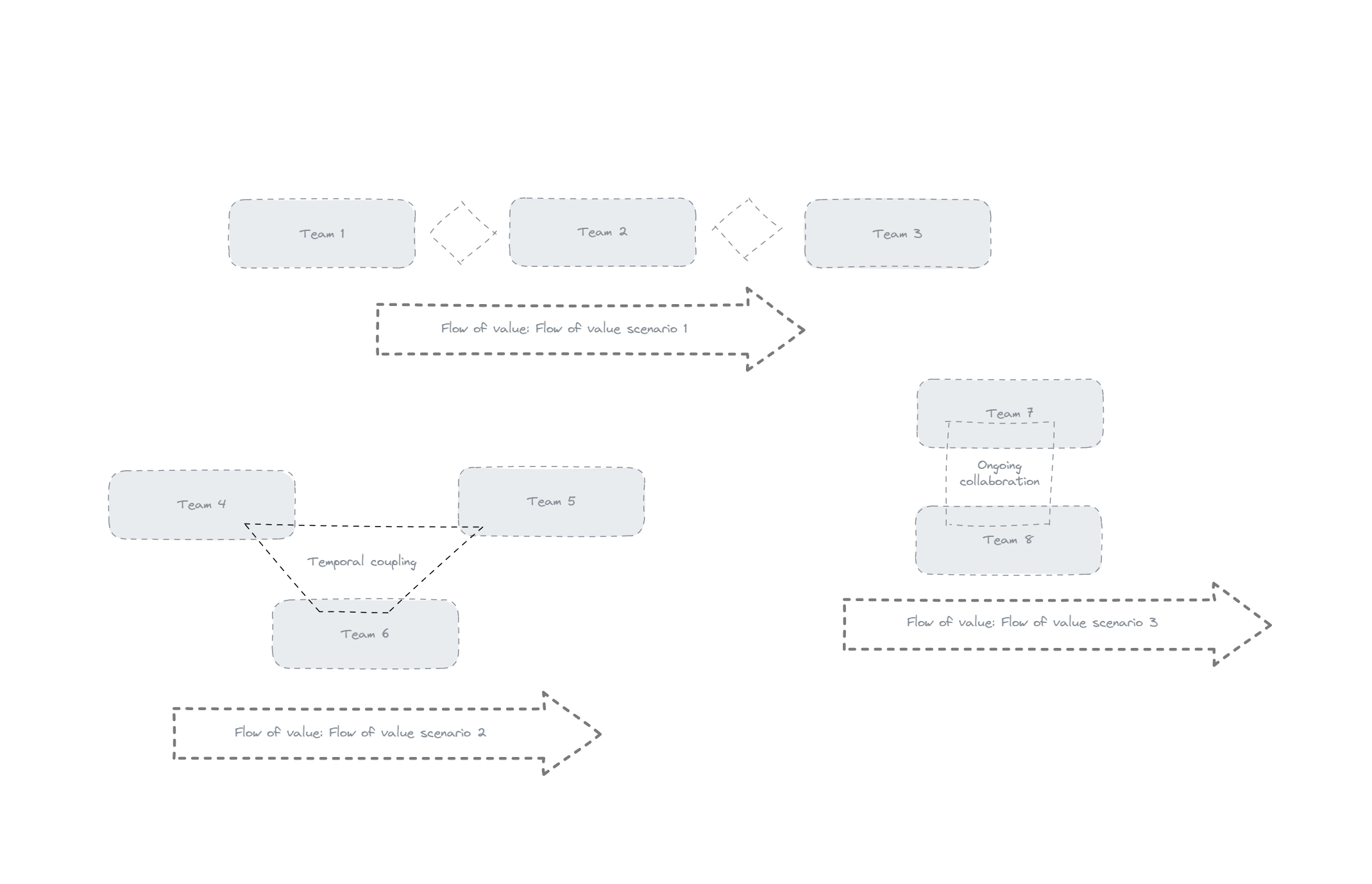Identify Blockers to Flow

Uncover what’s really slowing you down
After understanding your current landscape, the next step is to delve deeper into what’s hindering fast, aligned delivery. Blockers to flow often hide in plain sight—buried in dependencies, outdated assumptions, and invisible delays.
A Flywheel Rotation helps you surface these hidden constraints quickly and collaboratively, enabling your organization to take practical steps forward with confidence.
Challenge constraints with a different mindset
We draw on powerful techniques from A Beautiful Constraint to reframe your current limitations:
- Propelling Questions help teams turn constraints into opportunities for innovation.
- The Transformer Mindset encourages thinking beyond current roles and processes.
- “We Can If…” Thinking replaces excuses with possibility-driven action.
These techniques help minimize the effort required to uncover blockers, while increasing your team’s ability to work with—and even leverage—existing constraints.
Visualize delay and misalignment with team interaction modelling
Even well-structured teams can struggle when their interactions aren’t designed for flow. We use Team Interaction Modelling to:
- Maximize accuracy in identifying blockers, handoffs, and unclear ownership
- Uncover hidden path dependencies that disrupt the flow of work
- Highlight where value is delayed, lost, or misaligned across the system
This method surfaces where coordination costs are too high, where feedback loops are too slow, and where delivery falters—not because of individual performance, but because the system makes it hard to succeed.
Why this matters
Flow blockers don’t fix themselves. If left unexamined, they quietly erode trust, slow delivery, and increase team frustration.
By making blockers visible and actionable, your organization gains the ability to:
- Remove structural friction with intention
- Rethink constraints as springboards for innovation
- Focus energy on what will truly improve the system